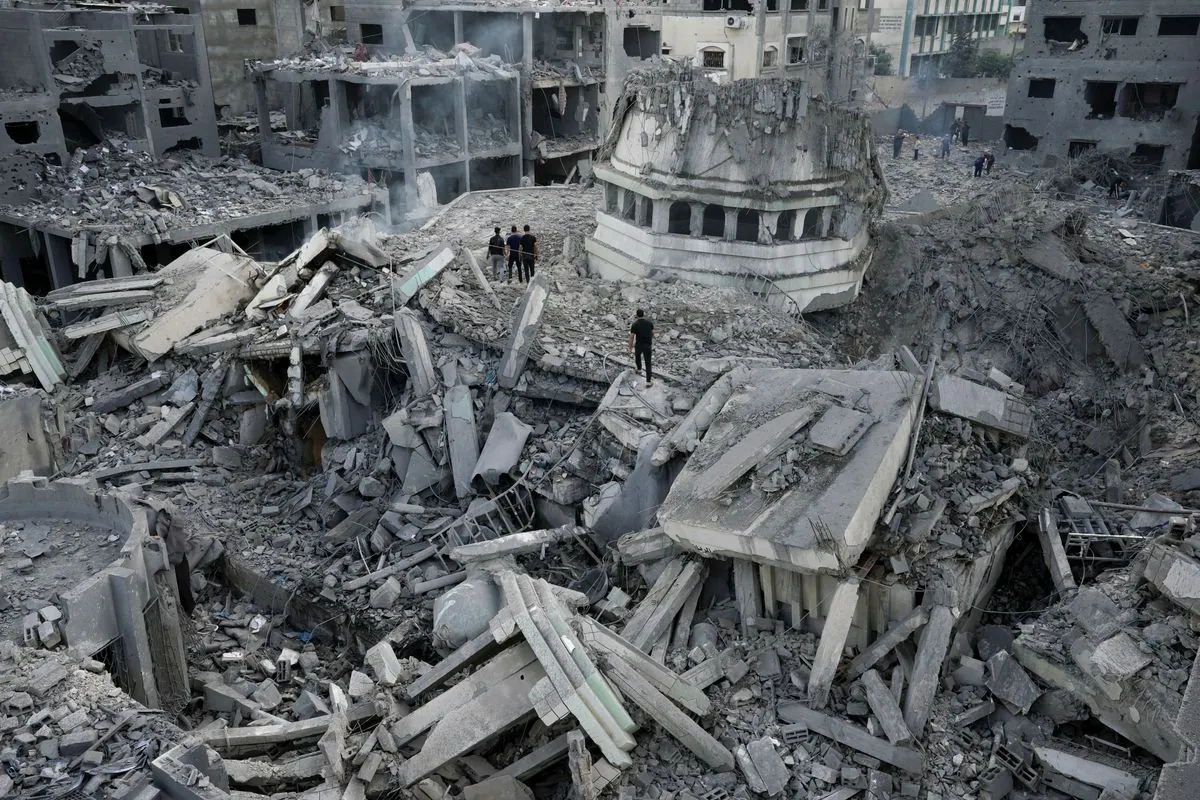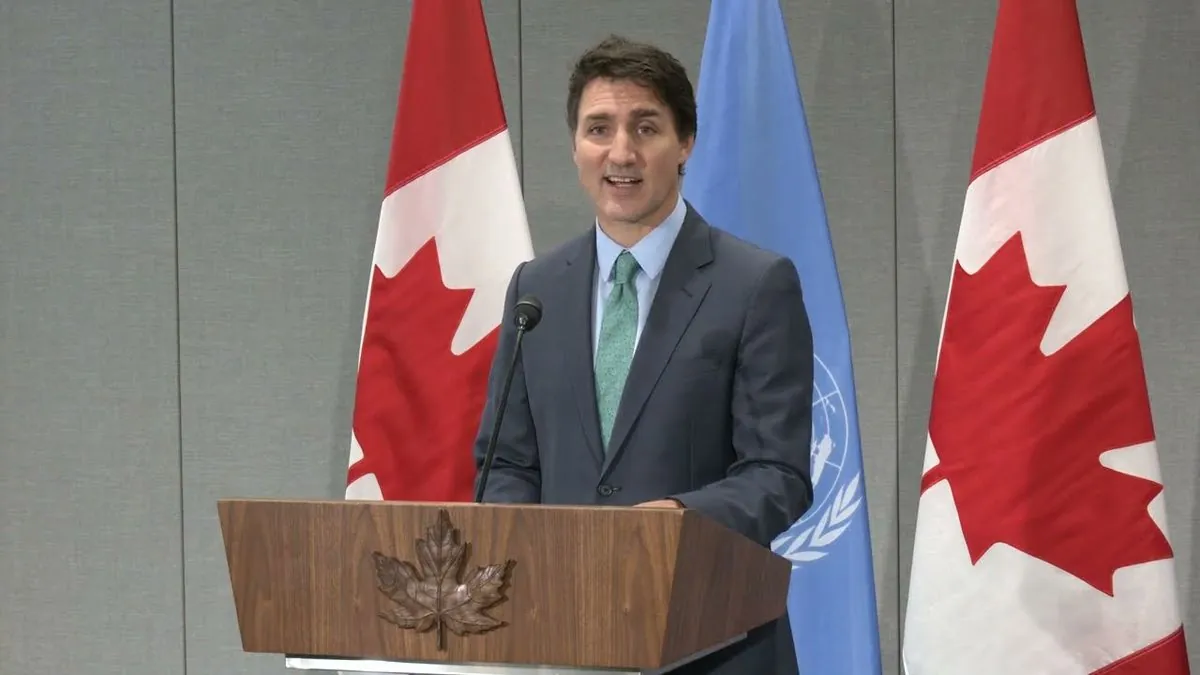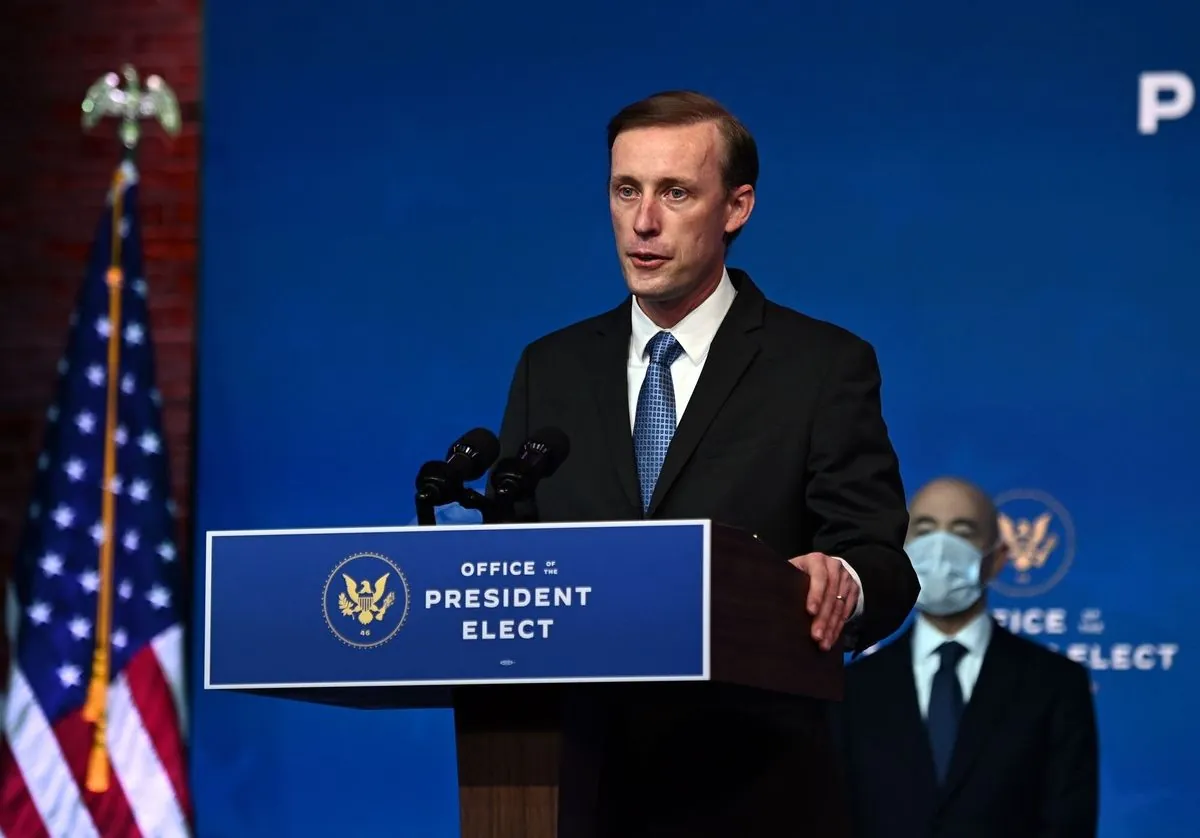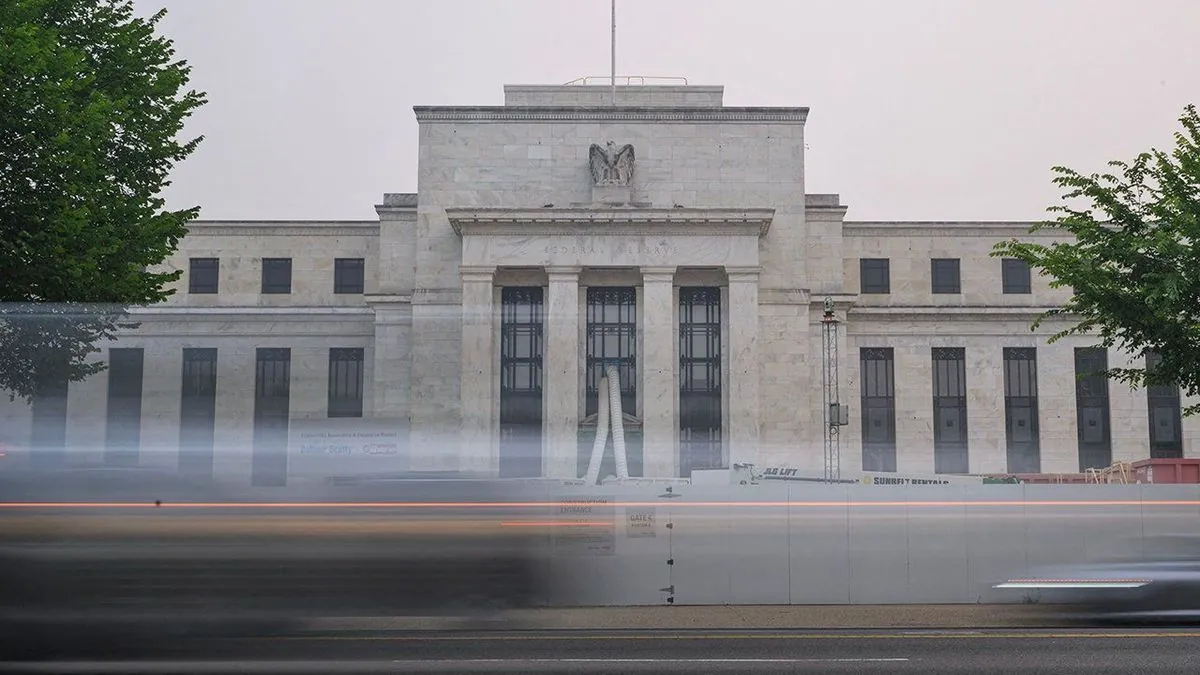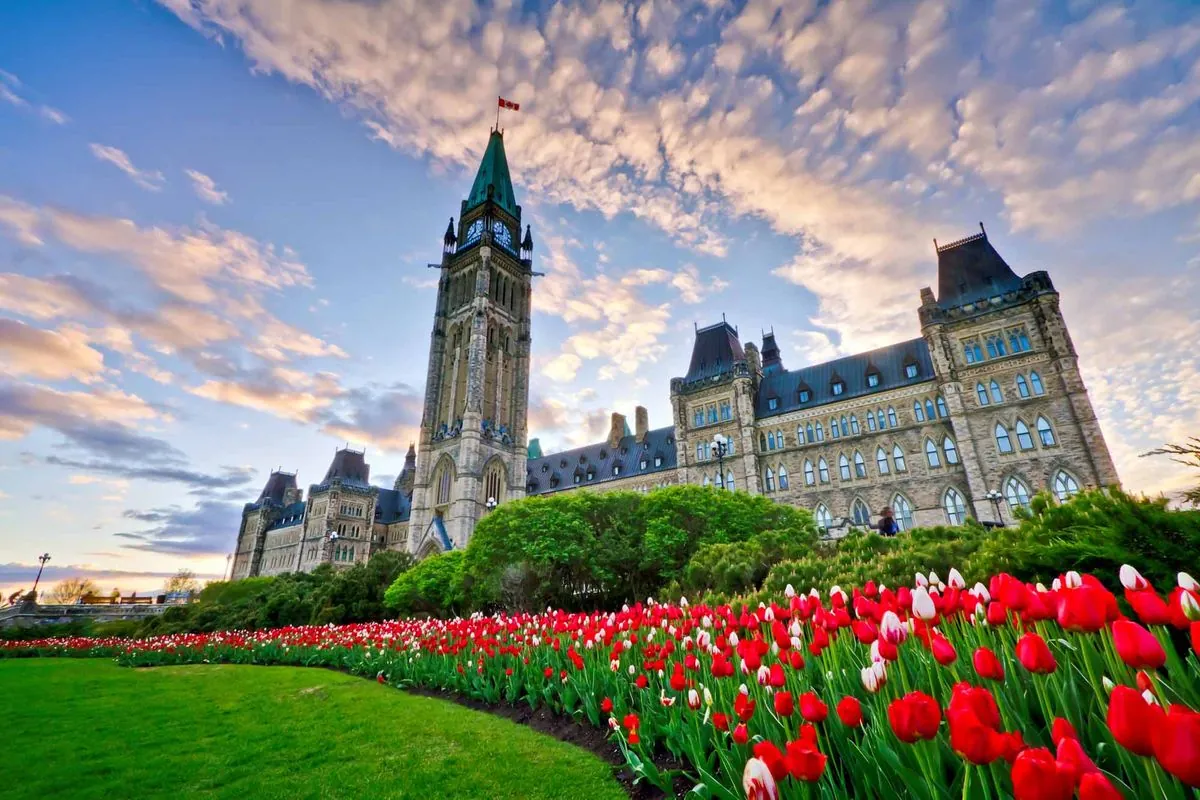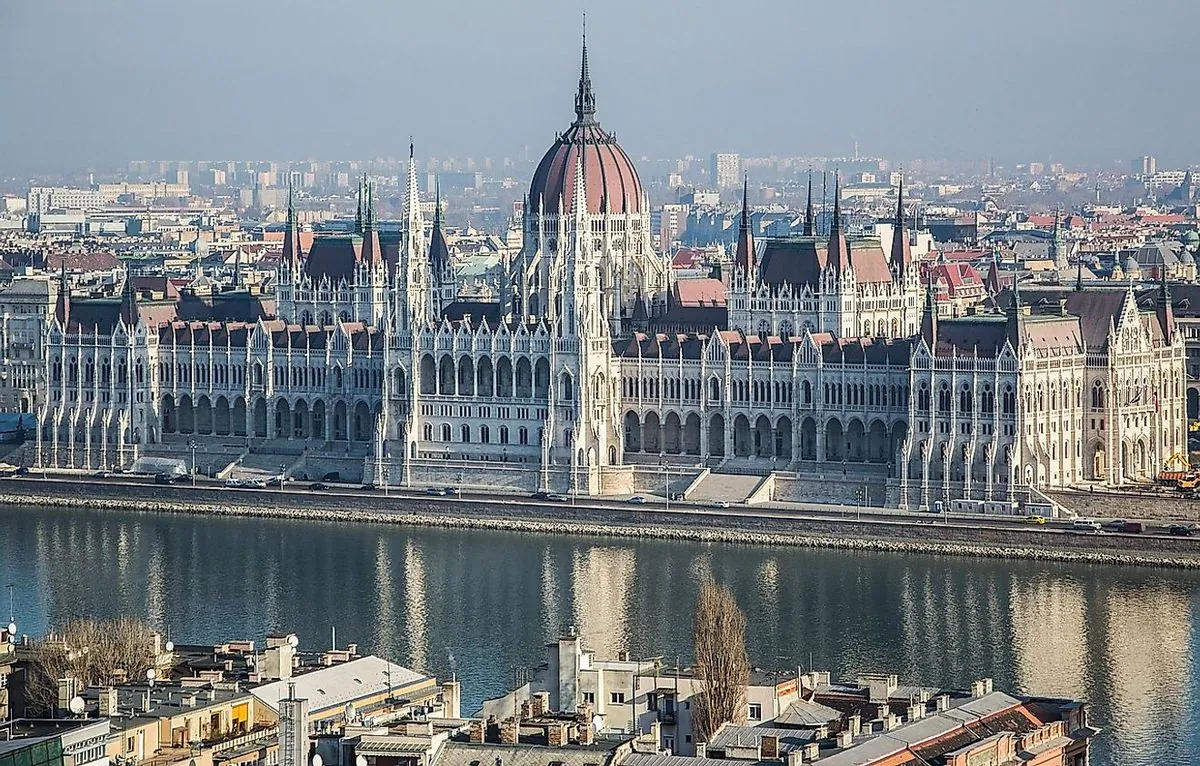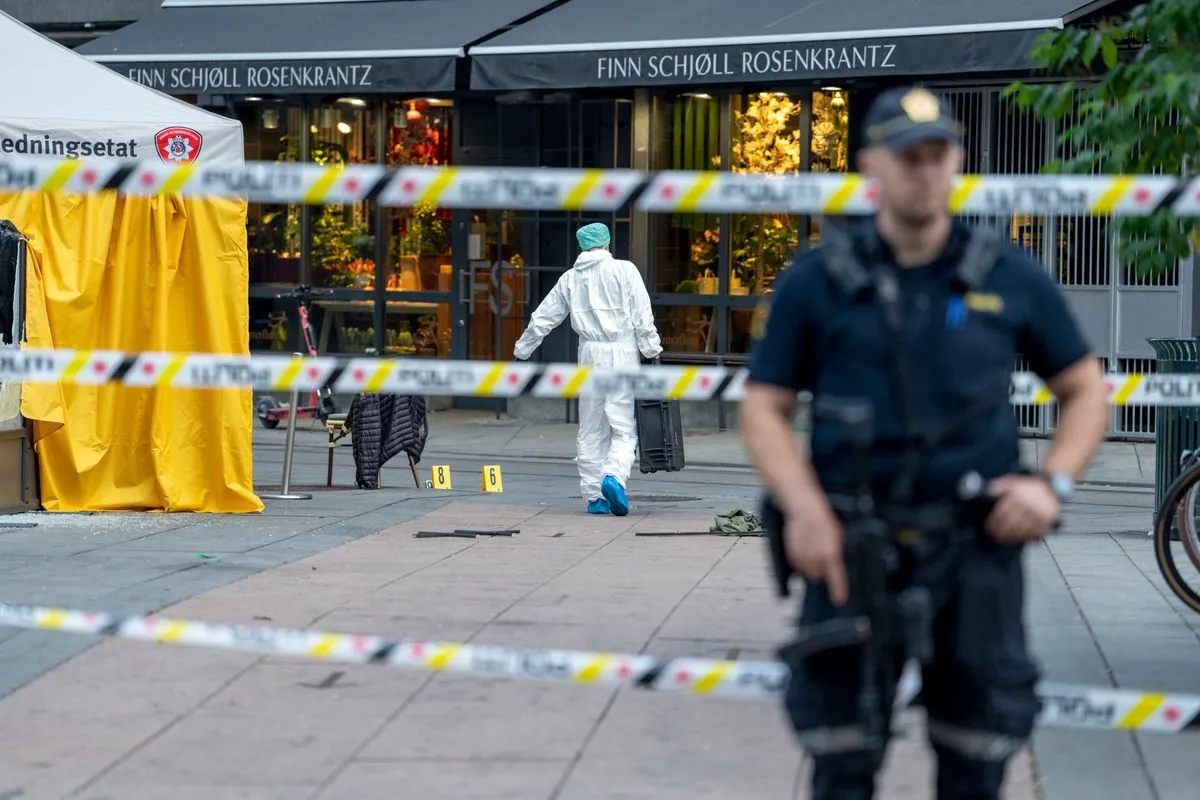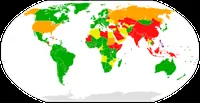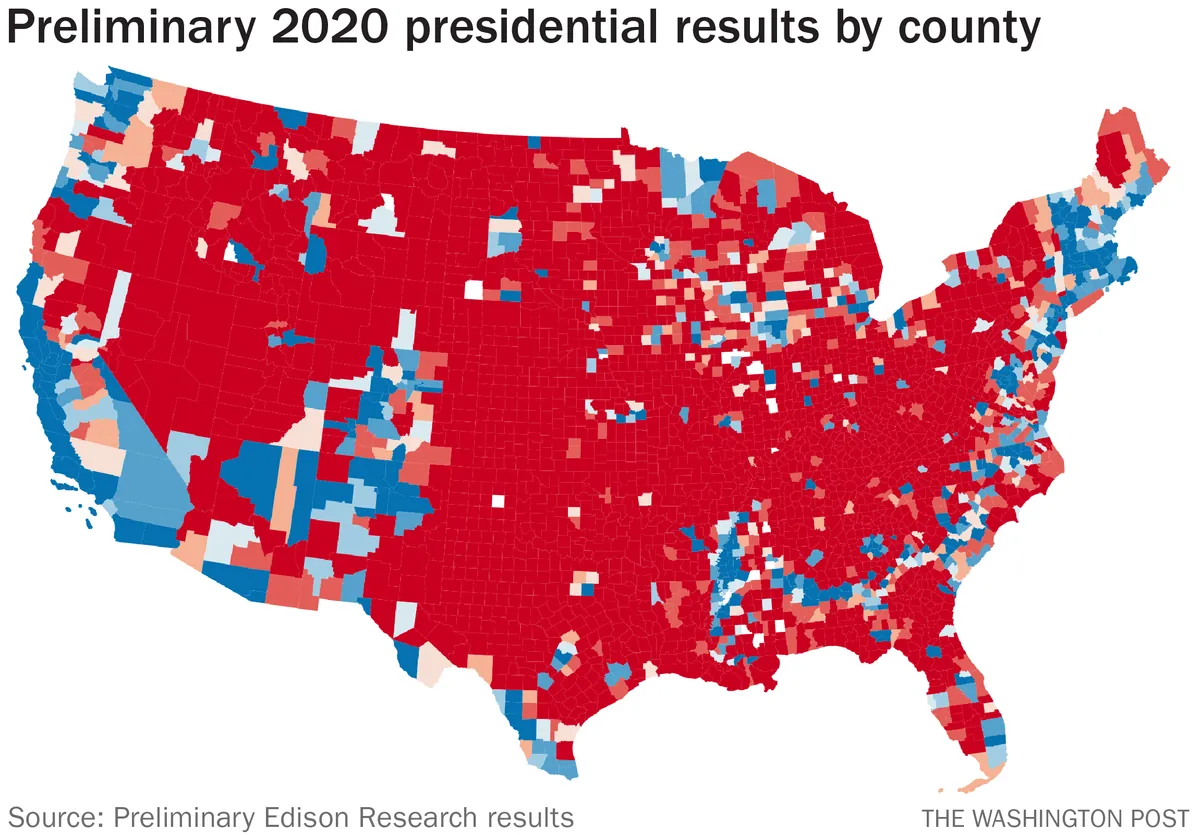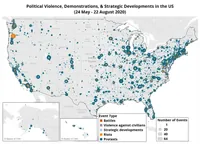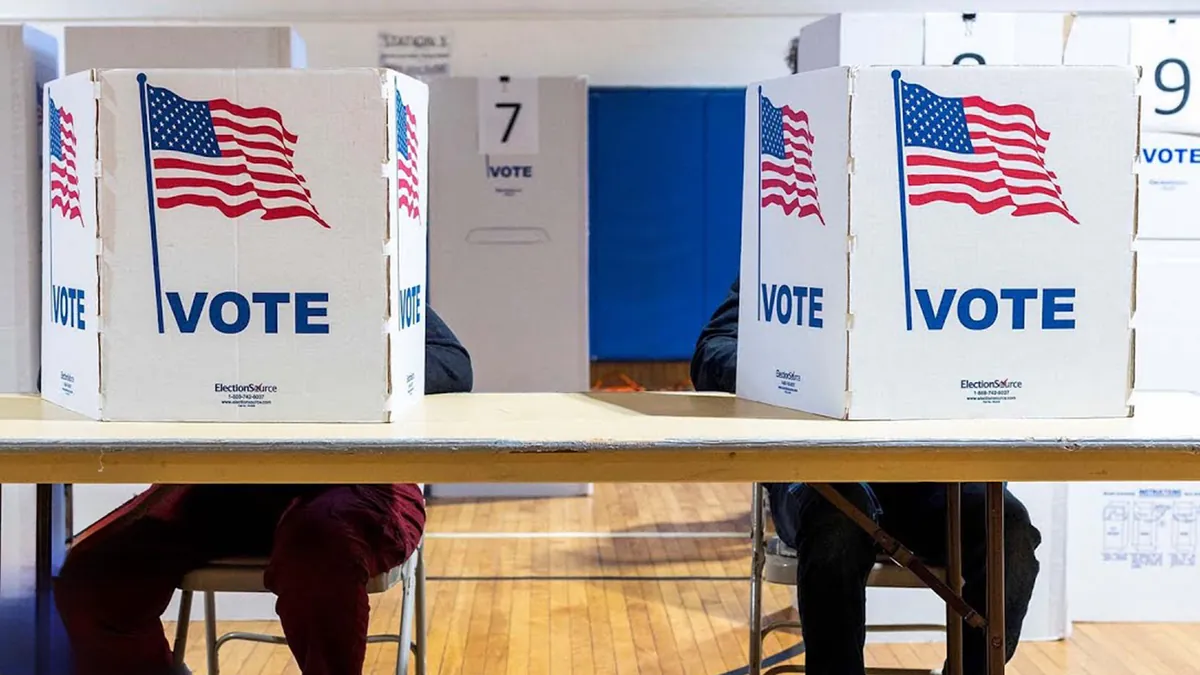Brazil's Amazon Deforestation Rises Amid Environmental Workers' Strike
Deforestation in Brazil's Amazon increased in July 2024, breaking a 15-month decline. Environmental workers' strike impacts law enforcement, but levels remain lower than under previous administration.
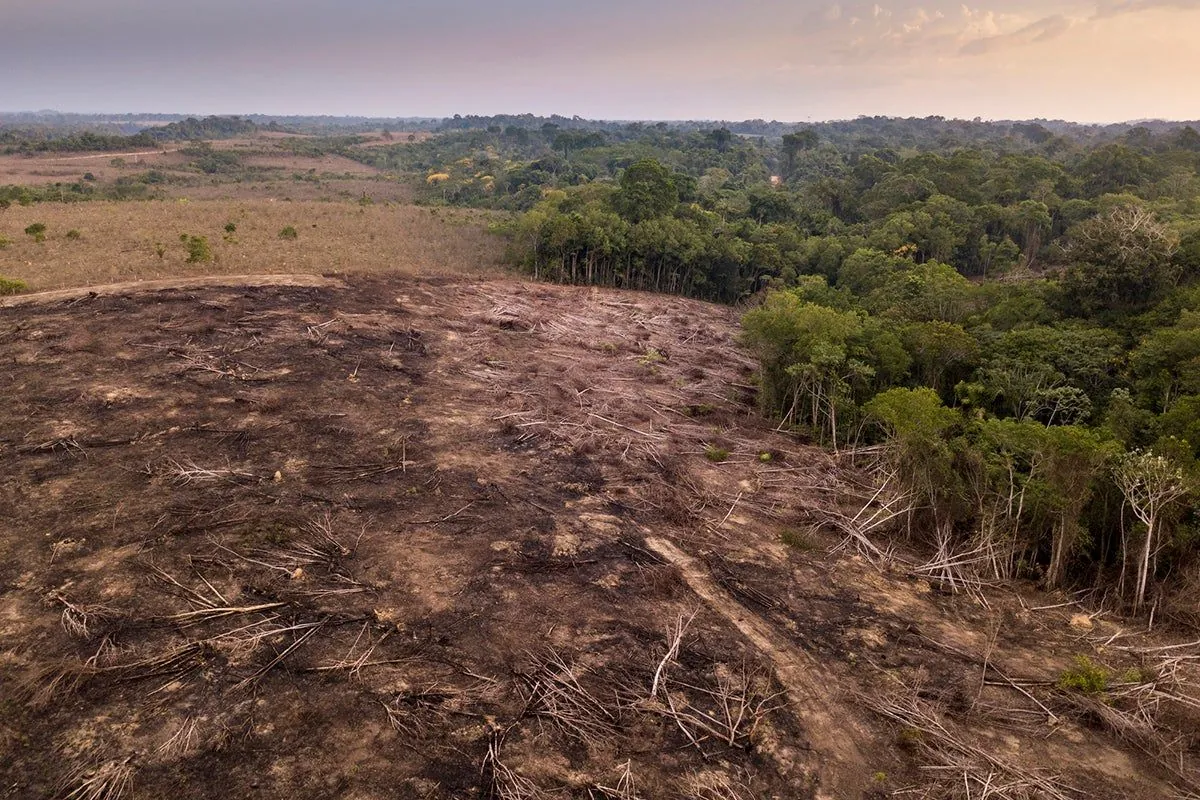
Recent data reveals a concerning uptick in deforestation within Brazil's Amazon rainforest, interrupting a 15-month period of declining destruction under President Luiz Inacio da Silva's administration. Preliminary figures from the government space research agency Inpe indicate that approximately 572 square kilometers of jungle were cleared in the initial 26 days of July 2024, surpassing the total area deforested in July 2023 by 14%.
This increase coincides with an ongoing strike by environmental workers, which began in June 2024. Wallace Lopes, a leader of the environmental workers union Ascema, stated that the strike has significantly impacted the enforcement of anti-deforestation laws. The work stoppage involves both the federal environmental enforcement agency Ibama and the parks service Icmbio.

Despite this recent rise, it's important to note that deforestation levels under President da Silva remain substantially lower compared to those during the tenure of his predecessor, Jair Bolsonaro. In fact, Amazon deforestation in July 2022, the final year of Bolsonaro's administration, was nearly triple the partial data reported for July 2024.
President da Silva, who assumed office in January 2023, has pledged to end deforestation by 2030. This commitment forms the cornerstone of his efforts to restore Brazil's environmental credibility, recognizing the Amazon's crucial role in absorbing vast amounts of greenhouse gases.
"We are committed to ending deforestation in the Amazon by 2030, restoring Brazil's position as a global leader in environmental protection."
The Amazon rainforest, often referred to as the "Lungs of the Earth," plays a vital role in global climate regulation. Covering approximately 5.5 million square kilometers, it is home to about 10% of the world's known biodiversity and produces roughly 20% of the world's oxygen. The region also houses over 30 million people, including 350 indigenous groups, highlighting its immense ecological and cultural significance.
Current challenges facing the Amazon extend beyond deforestation. The region is grappling with numerous fires, exacerbated by drought conditions linked to climate change. The fire season typically intensifies in August and September, raising concerns about potential further environmental damage.
It's worth noting that while the environmental workers' strike has impacted deforestation monitoring and law enforcement, it has not affected firefighting efforts in the Amazon. This distinction is crucial as the region enters its peak fire season.
The situation in the Amazon remains a critical global concern. With approximately 17% of the rainforest lost in the past five decades and its influence on rainfall patterns extending as far as the United States, the preservation of this vital ecosystem is paramount for global climate stability and biodiversity conservation.


